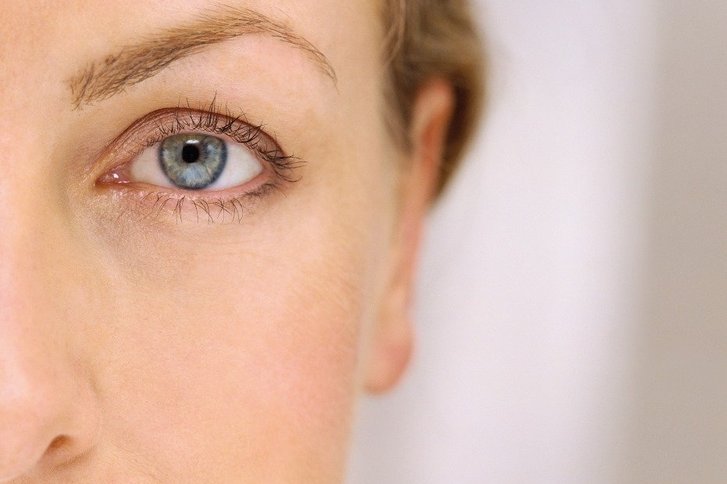A clear and intact cornea is a crucial prerequisite for proper vision. Correspondingly, clouding of the cornea can lead to a deterioration of vision and even blindness. The prerequisite for effective surgical therapy today is clinical, laboratory and instrument based diagnostics.
Restoring vision in the case of a clouded cornea
Regardless of the cause, up until a few years ago the entire cornea had to be replaced in order to restore vision when the cornea became cloudy. In the meantime, "penetrating keratoplasty" is mainly used when all parts of the cornea are affected. Today, in the majority of cases we only replace the diseased corneal layer in a targeted exchange using a gentle, minimally invasive technique.
Diseases of the inner layer (endothelium)
This particularly concerns diseases of the endothelial cells. They maintain the transparency of the cornea in a healthy eye and are treated with "Descemet Membrane Endothelial Keratoplasty" (DMEK) in "no-touch technique" since 2011: Only the innermost 10µm of the cornea are removed and replaced by healthy donor tissue without touching the sensitive endothelial cells of the transplant during the operation with instruments. Suturing is not necessary, as the graft is pressed against the cornea by an air bubble in the anterior chamber of the eye until it has grown tight after a few days. This procedure requires only a few millimetre wide incisions at the edge of the cornea. In comparison to "penetrating keratoplasty", vision improves much faster after DMEK - already within days to a few weeks, the visual acuity to be achieved is on average better and transplant rejection occurs much less frequently.
Diseases of the outer corneal layers
If the outer corneal layers are damaged, regeneration can be achieved by suturing an amniotic membrane. The most severe surface problems, for example after burns or in the context of viral diseases, can be treated by transplanting the patient's own (autologous) limbal stem cells. For therapy we also use autologous serum eye drops, which are produced in our blood bank in a certified process from autologous blood.
